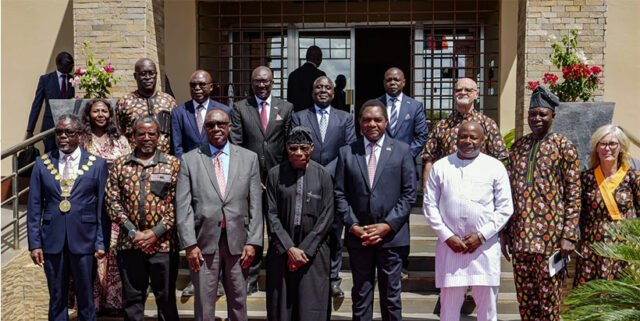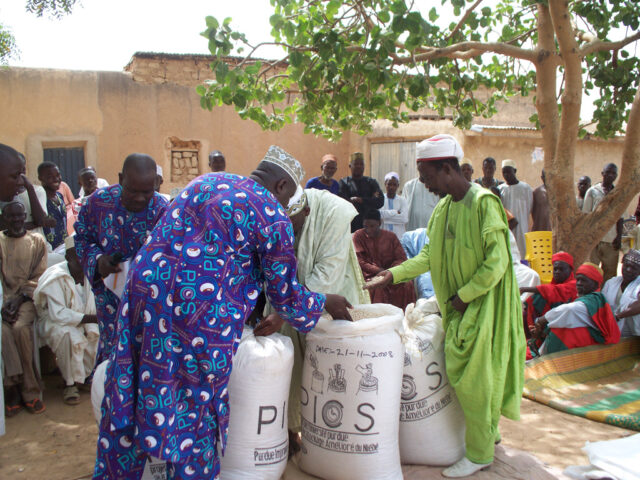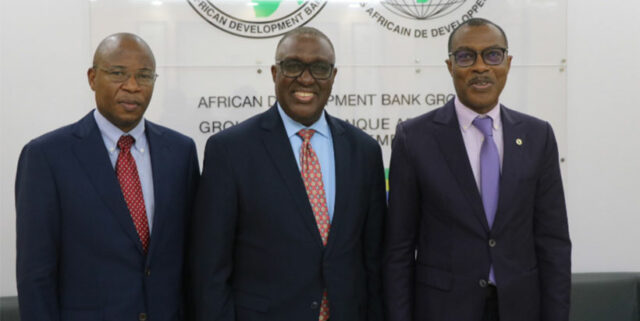For a while, data – both big and small – was going to be the rocket fuel of sustainable development. New ways to collect, analyse, share and use data would bring better decision making, more effective resource management and – hopefully – greater prosperity. For better or worse, it was dubbed “digital transformation”, and the possibilities were huge.
Fast forward a decade or so to the present day and how’s that all going?
A new study by data scientists working with Timor-Leste’s small-scale fisheries sector suggests digital transformation is going very well – but it’s also very complicated.
Until recently, data on fisheries in the country was scant. Policymakers were often in the dark about the types and quantities of fish being landed, and therefore the productivity and sustainability of its coastal fisheries. At the same time, the country ranked 10th on the Global Hunger Index, per capita fish consumption was less than a third of the global average, and it had the second highest prevalence of childhood stunting in the world. In a half-island nation with ample coastline, surely there was an opportunity for fisheries to make a greater contribution to food security – if only there was better data on them.
In 2016, scientists from CGIAR worked with the Timorese government to co-design and trial Peskas, a digital fish catch reporting system. The idea was to collect, analyse and display small-scale fisheries data in near real-time, and improve fisheries management through data-driven policymaking.
The process was relatively simple: Peskas would gather location data from small GPS devices mounted on the boats of fishers. Then enumerators – community-based government employees – would meet the fishers as they came to shore, recording the fish they landed. The information was uploaded to a publicly-available, online dashboard providing a virtually-live snapshot of the state of fisheries in the country to anyone who wanted it. Nifty.
Once up and running, Peskas covered 18 key fish landing sites in 12 coastal municipalities, representing around 20% of Timor-Leste’s coastal fishing area. As it evolved, it provided scientists and policymakers with insights into total fish stocks, revenues, and species composition, highlighting opportunities to develop value chains, markets, processing facilities and more. In 2023, Peskas was expanded to show the potential nutrient supply of catches too, supporting national efforts to improve food and nutrition security, particularly for school children. The system went from strength to strength.
Six years after the work began, it was time for data scientists from the CGIAR Initiative on Aquatic Foods to see how impactful Peskas had been and whether it had lived up to its promise. They interviewed 39 key stakeholders representing national and municipal governments, community fisheries leaders, NGOs, enumerators, and more, on their use of Peskas and their perceptions of its success in improving resource management. They reported several positive impacts.
The big tipping point came in 2019, when Peskas was adopted as the official fisheries monitoring system of the Timorese government, dovetailing neatly with its national development plan that gave high importance to fish production and consumption. It spurred greater collaboration between government departments (for example, through joint training exercises) and between the government and fishing communities. It also resulted in new government investment in the fisheries sector, covering new opportunities for Timorese youth to work as data enumerators, and the overall costs of system maintenance and updates.
It is likely that Peskas has also helped the Timorese government raise bilateral funds for new projects on climate information services and fish stock assessments, which rely on the availability of up-to-date, reliable data from the country’s fisheries sector. This was, however, outside the scope of the current study.
Encouragingly, the study found that Peskas made statistically significant progress towards the sustainable development of the fisheries sector in key areas. This is based on respondents’ perceptions of changes in variables such as adoption of best management practices, improved post-harvest management practices, and greater livelihood diversification. At the same time, however, the impact was weaker in relation to fishers’ access to extension services, inputs, and credit, potentially constraining the development of new markets and micro-businesses.
“So far, Peskas has helped foster new understanding and bring greater transparency to Timor-Leste’s fisheries sector, increasing collaboration between the government and fishing communities and supporting more effective monitoring of aquatic resources,” said Peskas scientist and lead author Alex Tilley, of WorldFish.
“For governments, low cost systems like Peskas are a real opportunity to visualize the often hidden value of small-scale fisheries to food security as part of national food planning processes.”
“The challenge now – as Peskas expands in Timor-Leste and scales to new countries in Asia and East Africa – is to illustrate to fishers the value of collecting and using data to evidence their livelihoods in the blue economy, and to make smart, nature-positive decisions that benefit them and the resources they rely on.
Writing in Environmental Science and Policy, the scientists note that despite its success, Peskas has had little impact on the development of new regulations, policies and strategies for the fisheries sector in Timor-Leste. They attribute this to political delays in ratifying the National Fisheries Strategy and the Revised Fisheries Decree law since their drafting in 2018, leaving the country without a solid institutional framework on which to build evidence-based policy.
They also note that the very low scientific capacity of those in the country’s fisheries sector means the interpretation and use of Peskas data is also limited. As a result, the next steps for the Peskas team are developing guidance tools to support users at different levels.
So, as far as Peskas is concerned, the promise of digital transformation has delivered – and in more ways than expected. With a greater focus on enabling conditions and capacity building, it’s likely to deliver even more.
***



